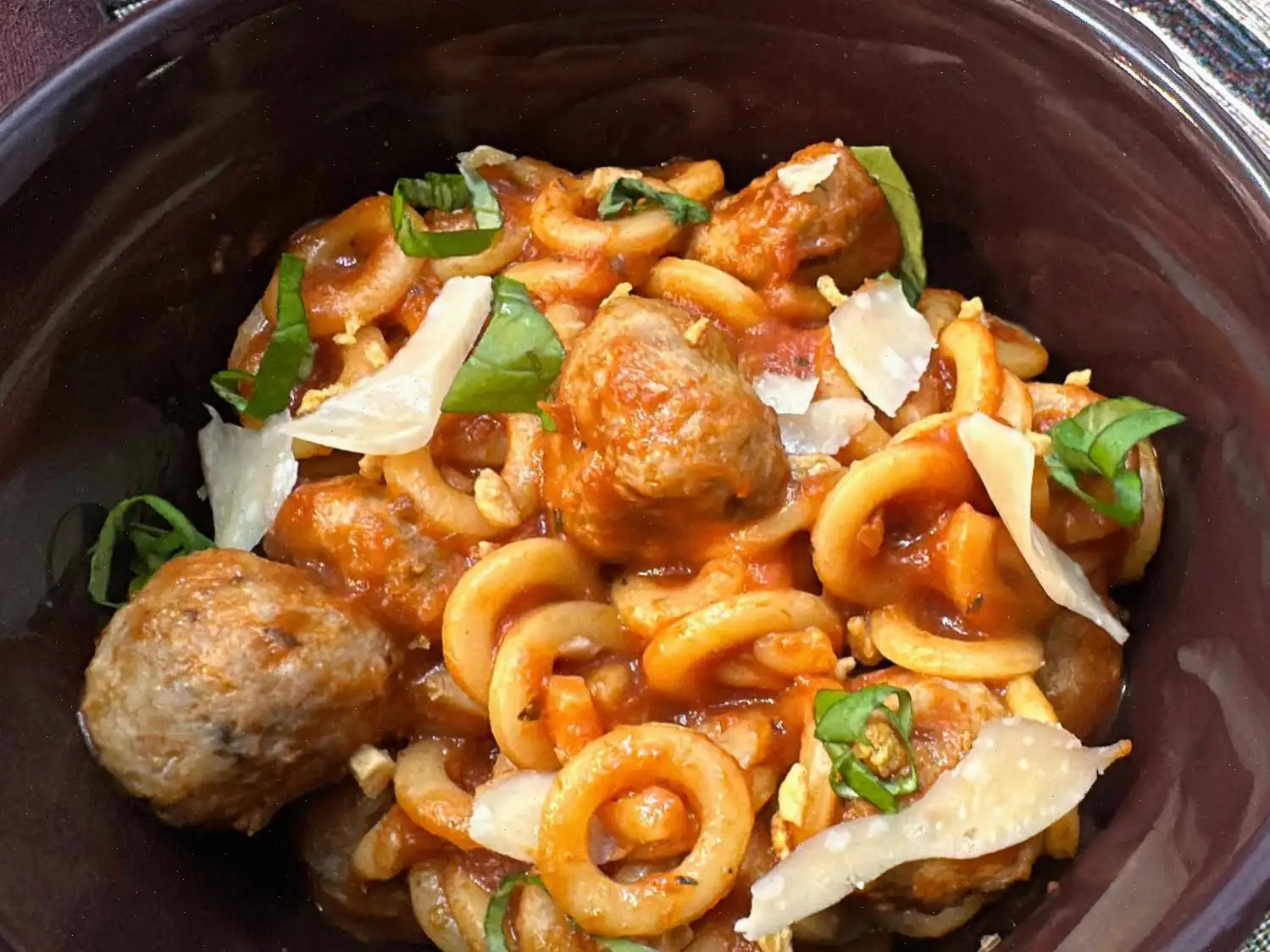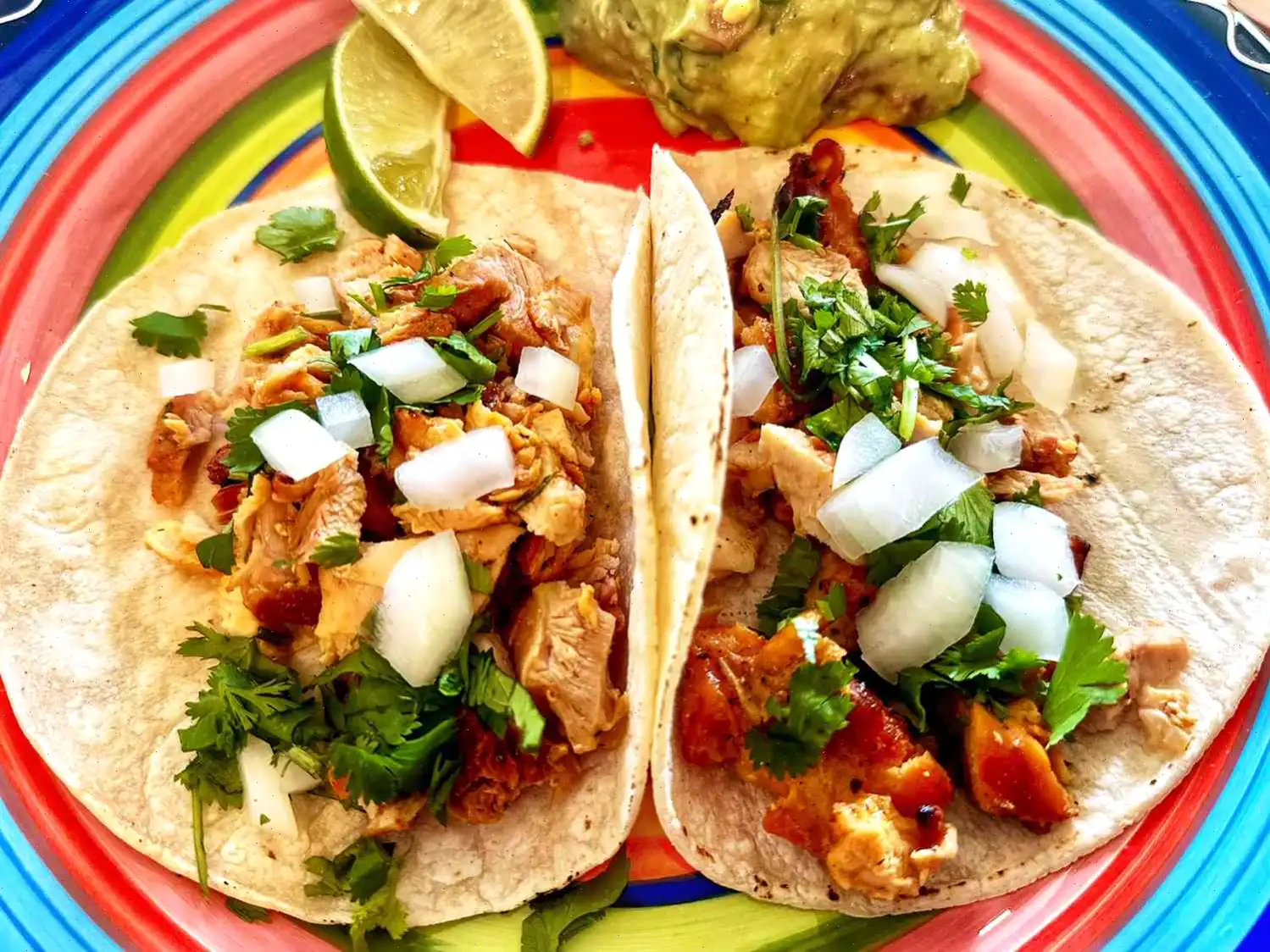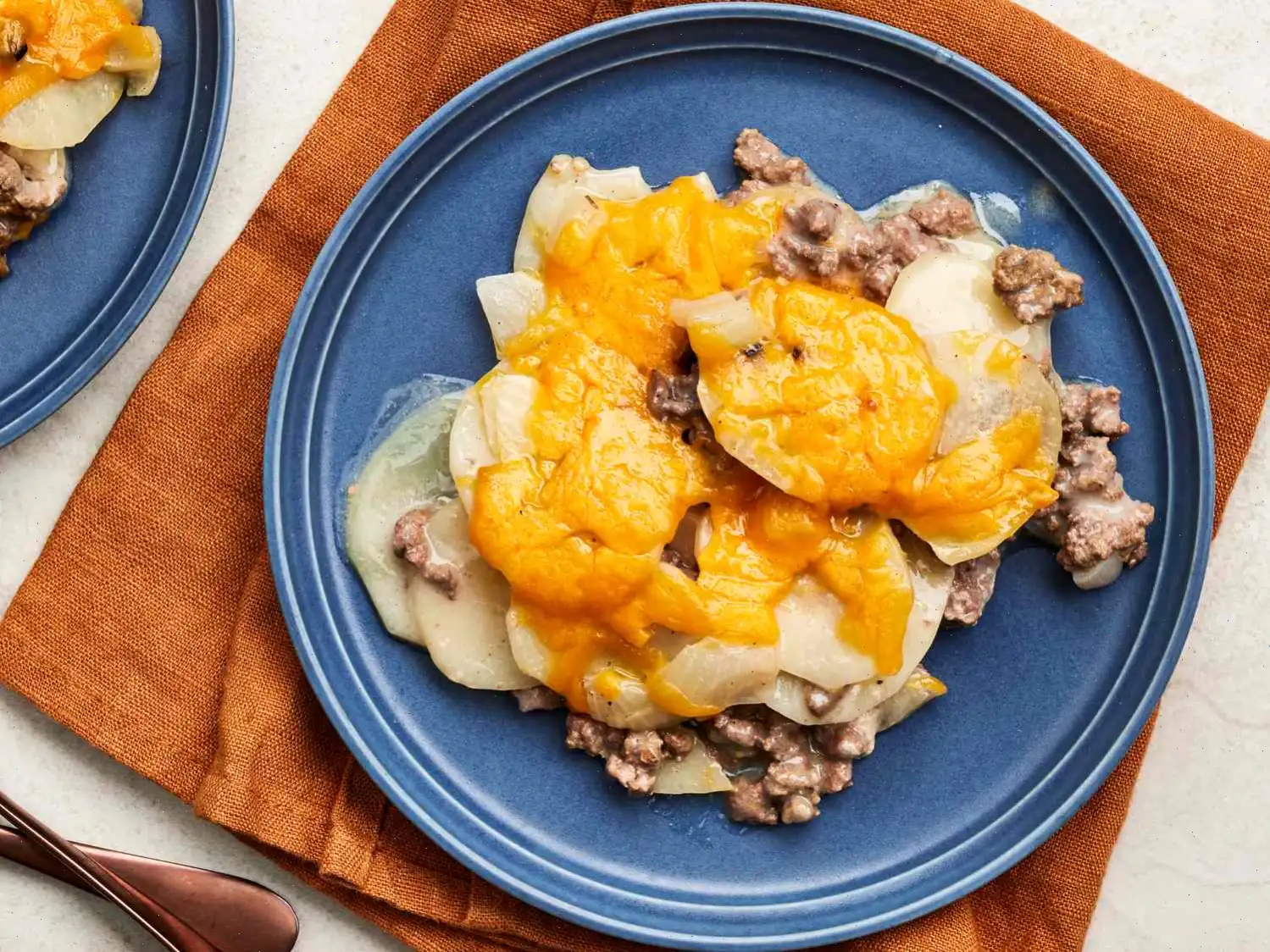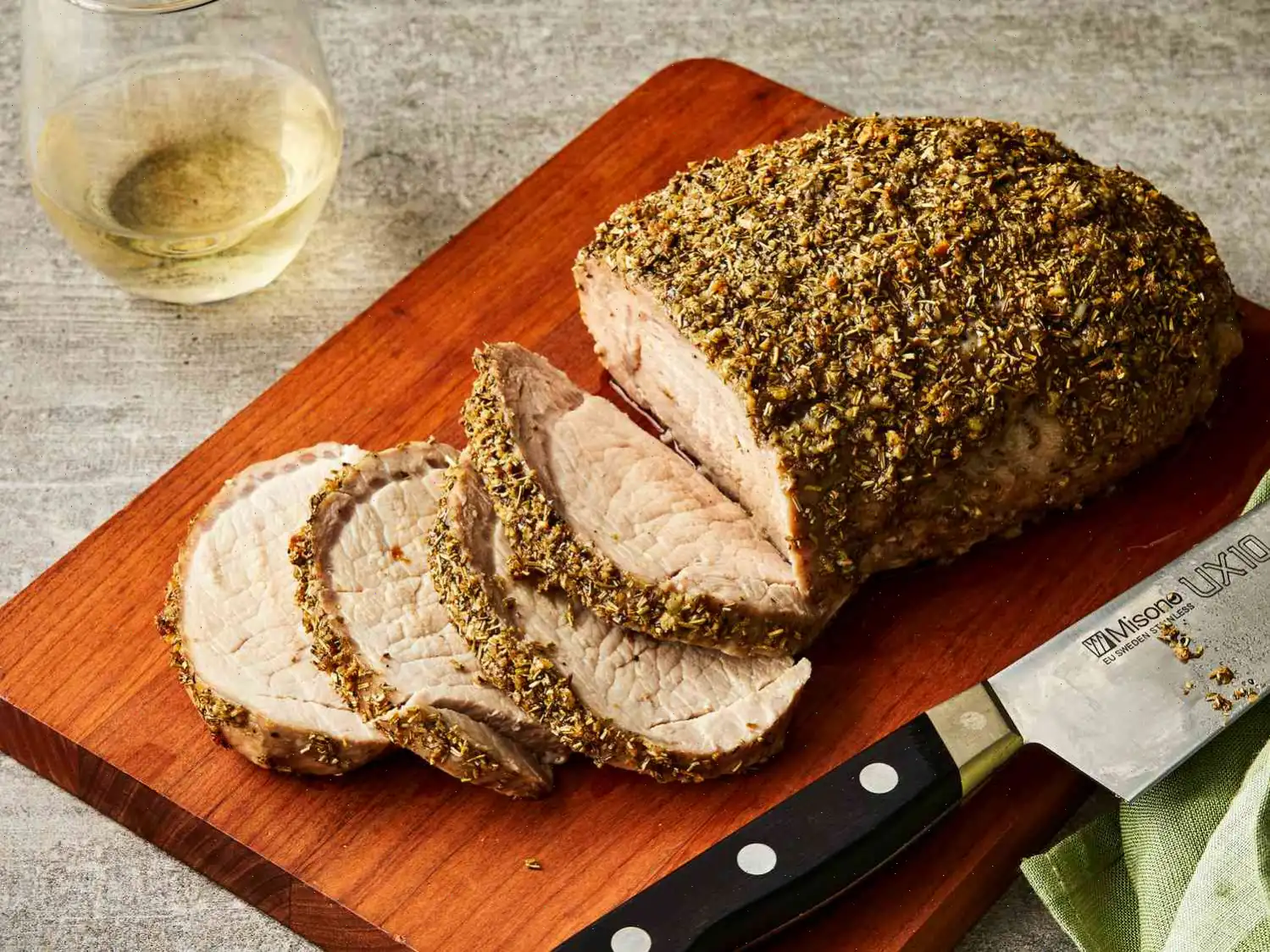
Pochero Recipe
Ingredients
- 3 tablespoons olive oil
- 2 plantains, peeled and quartered
- 2 small potatoes, quartered
- 1 onion, chopped
- 2 cloves garlic, minced
- 4 pounds chicken legs, thighs, and wings
- 2 (4 ounce) links chorizo Bilbao (spicy Spanish semi-cured sausage), quartered
- Salt and ground black pepper to taste
- Water to cover
- 2 tomatoes, diced
- 1 small head cabbage, chopped
- 1 (15.5 ounce) can garbanzo beans, drained
Directions
- Heat olive oil in a large pot over medium heat. Add the plantains and potatoes. Cook until they are crisp on the outside, about 5 to 7 minutes. Once done, transfer them to a bowl and set aside, reserving the oil in the pot.
- Add the chopped onion and minced garlic to the pot. Cook and stir until the onion becomes translucent, around 5 to 7 minutes.
- Add the chicken pieces and chorizo to the pot. Season with salt and black pepper. Cover the pot and let it cook for about 5 minutes.
- Pour in enough water to fully cover the chicken. Bring the mixture to a simmer and cook for 10 minutes.
- After 10 minutes, add the diced tomatoes. Cover and let it cook for an additional 10 minutes.
- Stir in the plantain and potato mixture, along with the chopped cabbage and garbanzo beans. Cook, covered, until the cabbage is wilted and the stew is hot, about 5 minutes.
- Serve hot and enjoy!
Nutrition Facts (per serving)
| Nutrient | Amount | % Daily Value* |
|---|---|---|
| Calories | 959 | - |
| Total Fat | 52g | 67% |
| Saturated Fat | 15g | 75% |
| Cholesterol | 203mg | 68% |
| Sodium | 886mg | 39% |
| Total Carbohydrate | 59g | 21% |
| Dietary Fiber | 10g | 36% |
| Total Sugars | 16g | - |
| Protein | 64g | 128% |
| Vitamin C | 78mg | 87% |
| Calcium | 125mg | 10% |
| Iron | 6mg | 33% |
| Potassium | 1536mg | 33% |
* Percent Daily Values are based on a 2,000 calorie diet. Your daily values may be higher or lower depending on your calorie needs. Nutrient information is not available for all ingredients. If you are following a medically restrictive diet, please consult your doctor or registered dietitian before preparing this recipe.

Pochero is a traditional Filipino stew that combines the savory flavors of chicken, vegetables, and garbanzo beans in a delicious sauce made from plantains and tomatoes. This hearty dish is enjoyed by many Filipinos, particularly as a comfort food during family gatherings or special occasions. Lets dive deeper into the rich history, regional nuances, and unique qualities of this beloved Filipino dish.
History and Origins of Pochero
The origins of Pochero can be traced back to Spain, where a similar dish known as "Puchero" is widely enjoyed. The Spanish version typically features a variety of meats such as beef, pork, and chicken, simmered with vegetables and legumes. Spanish colonization in the Philippines brought many culinary traditions, and the Filipino version of Pochero adapted over time to include local ingredients such as plantains and native spices. The dish has become a staple in Filipino households, especially in the Visayas and Luzon regions, where it is commonly served during festive occasions or large family meals.
Regional Variations of Pochero
While Pochero is enjoyed throughout the Philippines, regional variations exist depending on local ingredients and tastes. For example, in the Bicol region, some versions may include coconut milk, adding a creamy richness to the stew. In other areas, the stew might feature different types of meats such as pork or beef in addition to chicken. The inclusion of chorizo de Bilbao, a spicy Spanish sausage, is a common feature across most regions, adding an extra layer of flavor to the dish. The choice of vegetables may also vary, with some regions opting for sweet potatoes or other root crops instead of the typical potatoes and plantains.
What Sets Pochero Apart from Similar Dishes
Although Pochero shares similarities with other stews, such as the Spanish "Puchero" or the Filipino "Sinigang," it stands out due to its unique combination of ingredients and flavors. The use of plantains (which provide a subtle sweetness) and the inclusion of chorizo de Bilbao are distinguishing features. Unlike the tangy flavor profile of Sinigang, Pochero is milder and more savory, with a slight sweetness from the plantains and tomatoes. The presence of garbanzo beans adds heartiness, making the dish a complete meal in itself.
Where Is Pochero Typically Served?
Pochero is often served during special occasions or large family gatherings in the Philippines. It is a dish that embodies the warmth and hospitality of Filipino culture, making it perfect for celebrations such as birthdays, Christmas, or New Years Eve. In rural areas, its not uncommon for families to prepare this dish during fiestas and other community events. Additionally, its frequently found in Filipino restaurants around the world, where it brings a taste of home to overseas Filipinos and anyone seeking to explore Filipino cuisine.
Interesting Facts about Pochero
- Pochero is a hearty dish: The combination of meat, vegetables, and legumes makes it a satisfying one-pot meal thats perfect for feeding a large group of people.
- Plantains play a crucial role: The use of plantains instead of regular bananas is a significant aspect of Pochero. Plantains add a mild sweetness and soft texture that complements the savory broth and meats.
- Adaptable recipe: Pochero can be customized to suit different dietary preferences. For example, vegetarians can omit the meat and make a vegetable version of the stew, or you can substitute different meats based on whats available.
- Leftovers taste even better: Like many stews, Pocheros flavors deepen and improve the day after cooking. The dish can be stored and reheated, making it a great meal prep option.
Try this Pochero recipe: Pochero Recipe







